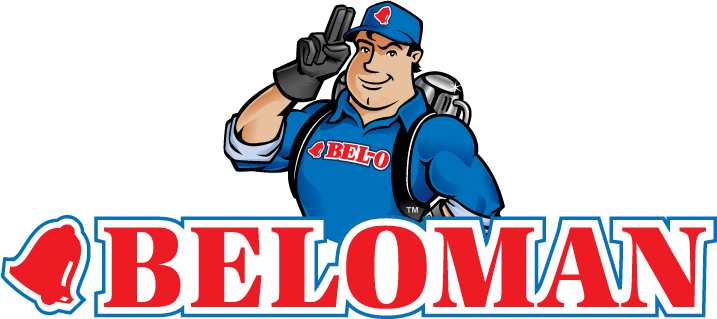Preventing Carbon Monoxide Leaks: Keeping Your Furnace Healthy
We all know that being exposed to high levels of carbon monoxide is terrible for our health and can even be fatal. A leak is colorless, odorless, and often goes undetected, silently harming those in a building. Signs of poisoning may start off subtle and be hard to recognize until it’s too late. The best way to stop this from happening is via prevention. In this article, we discuss how carbon monoxide leaks happen and how to prevent them from occurring.
What Is a Carbon Monoxide Leak and How Can It Happen?
Carbon monoxide is a dangerous gas produced by fuel-burning appliances like your furnace. Part of the reason it’s so dangerous is the fact that it’s completely devoid of odor, taste, or color. It spreads quickly throughout enclosed spaces since it’s slightly lighter than air, allowing it to float and creep.
One of the most common causes of a carbon monoxide leak is a crack in the heat exchanger on your furnace. This crack allows the deadly gas to escape, making it a silent killer. Dirty heating equipment can also be a problem from clogged old filters to filthy flue vents. Your entire HVAC system needs regular cleaning and inspection to remain in safe operating condition.
The Dangers of Carbon Monoxide
Carbon monoxide has the potential to be fatal or cause lifelong consequences, even in small amounts. The gas binds to cells within the body, depriving the brain and organs of oxygen. Symptoms start out relatively mild, often mimicking the flu:
- Headache
- Disorientation
- Irritability and other mood changes
- Fatigue
- Nausea and vomiting
- Dizziness
If exposure continues, symptoms will progress into brain damage, heart palpitations and breathing issues, loss of strength, and eventual death. High concentrations can kill in minutes. With this severe of a risk, it’s imperative that measures are taken to prevent this from happening.
Maintenance Is Critical
The most important and useful thing you can do to prevent a carbon monoxide leak in your home is to have an annual furnace tune-up done right before winter rolls around. Make sure your tune-up both cleans and inspects the entire HVAC system, including chimneys and the ductwork system.
Having a regular inspection ensures that any problems are detected before the furnace goes into a period of heavy usage. If there’s a crack in the heat exchanger or ventilation problems, for example, your technician can address the issue.
Get Your Vents Cleaned
If it’s been a while since your last tune-up, consider getting your entire vent system cleaned. This service goes beyond a basic cleaning, removing built-up dirt and dust particles from the interior of your HVAC system.
If your vents or flues are clogged up with these particles of debris, air can’t filter through the property properly. Part of the purpose of this ventilation system is to shuffle carbon monoxide out of your home, keeping a constant flow of fresh air going. Having this delicate system thrown off balance is a common cause of carbon monoxide leaks. A thorough cleaning will remove this, along with any other blockages like nests or leaves.
This cleaning will prevent airflow problems, improve the efficiency of your heating system, lower monthly utility bills, and reduce the spread of allergens and disease in your home.
Change Filters Regularly
It’s not hard to forget routine home maintenance tasks during the winter, especially right around the holidays when everything is hectic and details slip through the cracks. A clogged filter is never good, though. It increases the risk of carbon monoxide leaks, reduces the efficiency of your furnace, and lowers the air quality within your home.
Change the filter once monthly during the winter. If you have trouble remembering, try setting an alarm on your phone or computer that alerts you at a certain time each month.
A Company You Can Count On
BELOMAN has been proudly serving Belleville and the surrounding area for more than 60 years. We’re a family-owned company that offers a range of heating and cooling services from repairs and installations to maintenance work. We work on a variety of system types, such as furnaces and boilers, and also do extra services like duct cleaning and indoor air quality improvement. If you’d like to prevent dangerous carbon monoxide leaks this winter, give us a call and schedule your furnace tune-up today!







